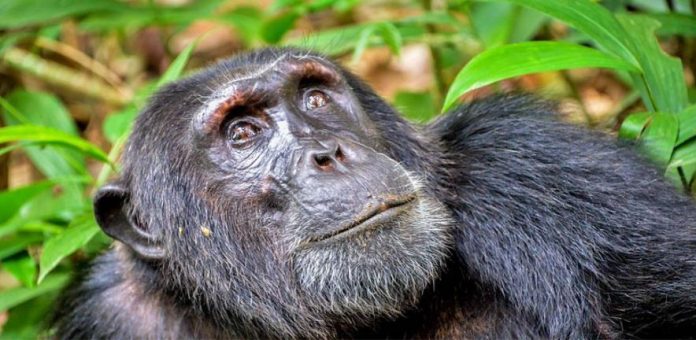An asteroid strike 66 million years ago wiped out the non-avian dinosaurs and devastated the Earth’s forests, but tree-dwelling ancestors of primates may have survived it, according to a new study published in the journal Ecology and Evolution.
Overall, the study supports the hypothesis that the widespread destruction of forests following the asteroid’s impact favoured ground-dwelling mammals over their arboreal counterparts. However, it also provides strong evidence that some tree-dwelling animals also survived the cataclysm, possibly nesting in branches through the Cretaceous-Paleogene (K-Pg) extinction event.
“The recovery of terrestrial vertebrate life following the end-Cretaceous asteroid impact was one of the most important events in the history of life on Earth,” said senior author Dr Daniel Field, from Cambridge’s Department of Earth Sciences. “In this study, we drew on our previous work at Cambridge to investigate whether there were similarities in the ecological attributes of avian and mammalian survivors of the end-Cretaceous mass extinction.”
The K-Pg mass extinction event occurred when a meteor slammed into Earth at the end of the Cretaceous period. The impact and its aftereffects killed roughly 75% of the animal and plant species on the planet, including whole groups like the non-avian dinosaurs.
For the study, the researchers analysed patterns of substrate preferences among all modern mammals and their ancestors, working backwards from the present day to before the K-Pg extinction event by tracing these traits along numerous phylogenetic trees — diagrams that illustrate the evolutionary relationships among species.
“Our study takes advantage of an ongoing revolution in our understanding of the tree of life, only made possible by researchers working in association with natural history collections,” said co-lead author Jacob Berv, from the University of Michigan. “By integrating data from such collections with modern statistical techniques, we can address new questions about major transitions in evolutionary history.”
The researchers classified each mammalian species as arboreal, non-arboreal, or semi-arboreal. To be considered arboreal, the species had to nearly always nest in trees. Categorising some species could be tricky. For example, many bat species spend a lot of time among trees but nest in caves, so bats were mostly categorised as non-arboreal or semi-arboreal.
“We were able to see that leading up to the K-Pg event, there was a spike in transitions from arboreal and semi-arboreal to non-arboreal habitat use across our models,” said co-lead author Jonathan Hughes, from Cornell University.
The work builds on a previous study led by Field, which used the same analytical method — known as ancestral state reconstruction — to show that all modern birds evolved from ground-dwelling ancestors after the asteroid strike.
“The fossil record of many vertebrate groups is sparse in the immediate aftermath of the extinction,” said Field, who is also curator of ornithology at the Cambridge Museum of Zoology. “Analytical approaches like ancestral state reconstruction allow us to establish hypotheses for how groups like birds and mammals made it through this cataclysm, which palaeontologists can then test when additional fossils are found.”
The analysis helps illuminate ecological selectivity of mammals across the K-Pg boundary despite the relatively sparse fossil record of mammalian skeletal elements from the periods immediately preceding and following the asteroid’s impact.
How the tree-dwelling ancestors of primates survived the asteroid’s destruction is unclear. According to the authors, it’s possible that some forest fragments survived the calamity or that early primates and their relatives were ecologically flexible enough to modify their substrate preferences in a world mostly denuded of trees.















